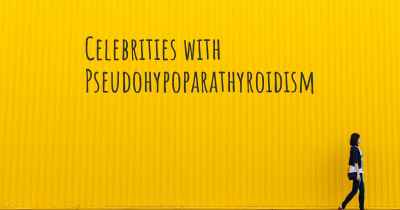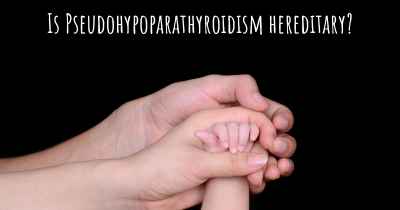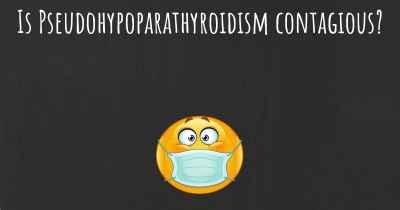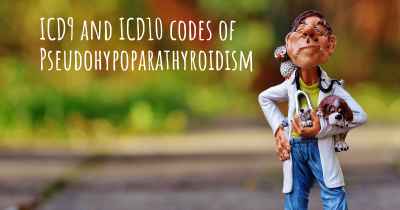What is the history of Pseudohypoparathyroidism?
When was Pseudohypoparathyroidism discovered? What is the story of this discovery? Was it coincidence or not?
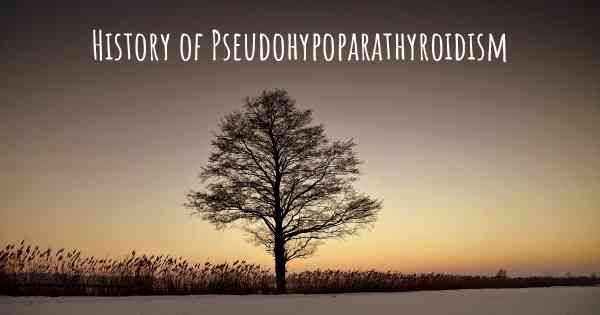
Pseudohypoparathyroidism is a rare genetic disorder that affects the body's ability to respond to parathyroid hormone (PTH). It was first described in the medical literature in the early 1940s by Fuller Albright, an American endocrinologist. Albright noticed a group of patients who exhibited symptoms of hypoparathyroidism, such as low calcium levels and high phosphate levels, but did not respond to standard treatment.
Albright's groundbreaking research led to the identification of a distinct condition that he named "pseudohypoparathyroidism." He observed that affected individuals had physical features resembling those of Albright's hereditary osteodystrophy, a condition characterized by short stature, round face, and shortening of the fourth and fifth metacarpal bones. Albright hypothesized that both conditions were related and shared a common underlying cause.
Over the years, further research has shed light on the genetic basis of pseudohypoparathyroidism. It is now known to be caused by mutations in the GNAS gene, which plays a crucial role in the signaling pathway of several hormones, including PTH. These mutations disrupt the normal functioning of the GNAS gene, leading to the characteristic features of pseudohypoparathyroidism.
There are two main types of pseudohypoparathyroidism: type 1A and type 1B. Type 1A is the most common form and is characterized by resistance to PTH as well as other hormones, such as thyroid-stimulating hormone (TSH) and gonadotropins. Type 1B, on the other hand, only affects the response to PTH. Both types are inherited in an autosomal dominant manner, meaning that an affected individual has a 50% chance of passing the condition on to each of their children.
As research progressed, scientists discovered additional subtypes of pseudohypoparathyroidism, including type 2 and type 1C. Type 2 pseudohypoparathyroidism is caused by mutations in the GNAS gene that affect only certain tissues, resulting in a partial resistance to PTH. Type 1C is a rare subtype that is not caused by GNAS gene mutations but rather by mutations in other genes involved in the PTH signaling pathway.
The diagnosis of pseudohypoparathyroidism is based on clinical features, biochemical abnormalities, and genetic testing. Patients typically present with symptoms of hypocalcemia, such as muscle cramps, seizures, and tetany. They may also exhibit the characteristic physical features, including a round face, short stature, and skeletal abnormalities. Laboratory tests reveal low calcium levels, high phosphate levels, and elevated PTH levels.
Treatment for pseudohypoparathyroidism focuses on managing the symptoms and maintaining normal calcium and phosphate levels. This often involves lifelong supplementation with calcium and vitamin D, as well as monitoring of renal function and bone health. In some cases, surgical intervention may be necessary to correct skeletal abnormalities or remove ectopic calcifications.
While the history of pseudohypoparathyroidism spans several decades, ongoing research continues to deepen our understanding of the condition. Scientists are investigating new treatment approaches and exploring potential gene therapies that could target the underlying genetic mutations. By unraveling the complexities of pseudohypoparathyroidism, researchers aim to improve the quality of life for individuals affected by this rare disorder.

